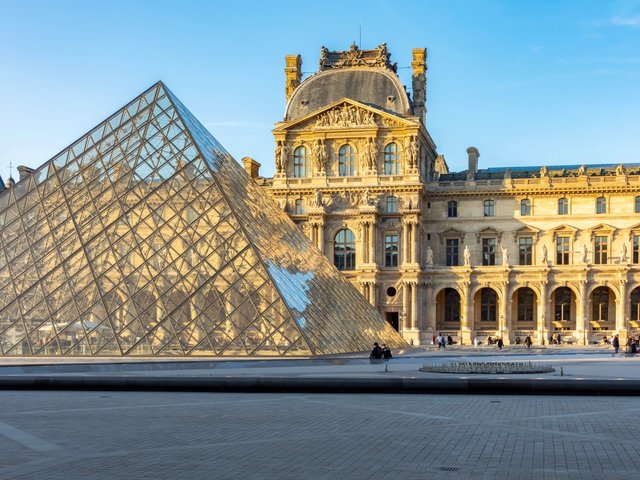“Hare-brained!” so says Jane Levine, a former federal prosecutor and ex-chief global compliance officer at Sotheby’s, talking about the scheme to steal eight pieces of royal jewellery from the Musée du Louvre on 19 October.
The four thieves, who put cones around their furniture elevator van (stolen, natch), took just seven minutes to break into the elaborately gilded Apollo Gallery in the museum, smash glass cases and snatch the booty. They hot-footed it off on scooters with some of France’s “crown jewels”—in truth, Napoleonic-era 19th-century tiaras, necklaces and earrings owned by three queens, Marie Amélie, Hortense and Marie-Louise—and estimated at a cool $100m. In their haste they actually dropped Empress Eugénie’s crown and scattered plenty of DNA around the site of the crime. “Knuckleheads!” says Jim Wynne, who specialised in art theft during his 30-year career at the FBI’s major Theft Squad and co-founded, with Levine, The Art Risk Group, which investigates art theft and fraud.
But stealing the jewels is one thing—disposing of the loot is another. I asked Wynne what happens next.
“These pieces are going to be very difficult to sell, because there has been world-wide publicity,” he says. “The pieces with diamonds and gems can be disassembled. The thieves can have the diamonds recut and melt the gold to sell that separately. But the point is, what was their motivation? Did they have a fence [receiver of stolen property] lined up? Or was the motivation a ransom? Finally, and this is ultra rare, could it be a commission theft?” he asks.
“The scheme to transform these jewels into money depends entirely on identifying completely crooked intermediaries,” Levine says. “These pieces are unique and the case has now received world-wide publicity; they are on the Interpol database. Everyone knows what these jewels are, [the thieves] either have lined up somebody equally crooked, or they're going to identify other crooks. What remains to be seen is if they were smart enough to be thinking that stealing ancient jewellery would be better, because it's not going to be recorded, it's not going to be marked, like some of the more modern things, and be easier to sell.”
So far four people have been charged with the heist, all come from the impoverished area of Seine-Saint-Denis in the Paris suburbs, and French police have already said that they are “local petty criminals” and unlikely to be connected with organised crime.
As far as motivations go, ransom seems to be ruled out, since the jewels were not privately insured. A commission theft seems vanishingly unlikely, according to Wynne. The best hope for recovery, Levine says, is “flipping”—persuading one or more of those arrested to give information on the whereabouts of the jewels, in return for a lighter sentence. “[The thieves] may not have expected to be caught so fast or realised that the whole world is watching them. And you know, the prosecutor has been saying in the press repeatedly, tell us where they are, and that will be a factor in leniency. Maybe someone will crack and start talking,” Levine says.
Still, at the time of writing, the jewels remained unrecovered...







